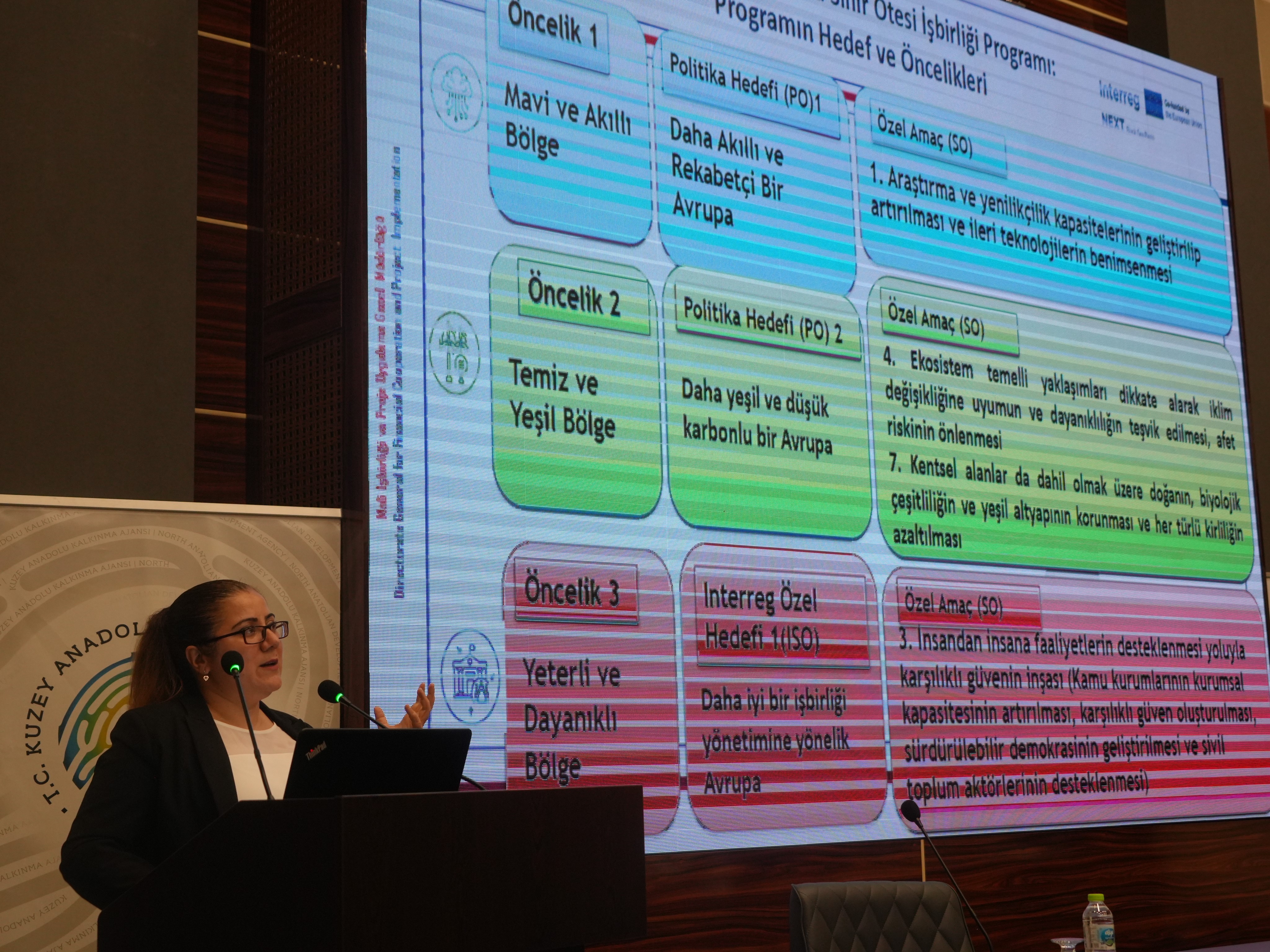Out guide to account-based marketing

ABM. If you don’t know what those three letters mean, you need to get up to speed—right away. And if you do know what those letters mean, there’s still a good chance that you’ve got more to learn, as strategies in this area of marketing evolve at a rapid pace. These days, an up-to-the-minute “ABM game” can be a major difference-maker for your overall marketing strategies and efforts. According to a recent Forrester Research article, organizations using ABM strategies experienced a 200% pipeline growth and also saw a 20% increase in their deal size.
What is account-based marketing?
ABM is shorthand for “account-based marketing.” The term itself was coined roughly 15 years ago, but B2B companies have been practicing it for longer than that. The central concept: target-marketing from the get-go, using the most sophisticated tools at your disposal.
In the traditional inbound model, marketers begin with a broad-based approach aimed at attracting the widest range of customers, then narrowing down from there to close actual sales. Account-based marketing does the opposite, focusing on landing a specific target, and then pulling in similar accounts. Agencies then treat that single client as a whole “market” unto itself—a practice commonly thought of as “flipping the marketing funnel.”
The basic idea behind ABM is a growing awareness that an effective marketing-and-sales strategy often isn’t about “chasing the lead.” Instead, it’s about “winning the account”—successfully engaging the integrated group of leaders who, as a unit, make key decisions for a given company.
And how exactly do you pull this off? You hone in. You customize and personalize. And, usually, you do it on multiple fronts such as account-dedicated campaigns, content, events and creative means.
Why does ABM work?
Account-based marketing isn’t necessarily a replacement for the inbound approach. It’s an alternative type of marketing and especially promising as a way of attracting larger-sized clients. And the industry’s data suggests it’s highly effective and gaining in popularity.
8 advantages of using account-based marketing in your agency:
01. Resource optimization
By zeroing in on targets that are most likely to become customers, you’re emphasizing quality over quantity. This allows you to allocate resources more precisely, cutting down the dead ends and unfulfilled efforts that are necessary evils of inbound marketing.
02. Sales and marketing collaboration
Sales and marketing divisions are rarely on the exact same page—they simply lack communication and use different strategies. ABM puts the divisions on the same page, with the lead-chase and marketing strategy directly synced from the start.
03. Customized client experience
By tailoring a specific approach to a specific potential client, you’re getting to know who your client is and the services they offer. You’re thus establishing a firmer foundation as you enter your actual working relationship.
04. Long-term relationship building
If you don’t close that account quickly, you’ve still built a bond that can pay off down the road. And whenever you do manage to close, you’ll find that the personalized relationship puts you in a better position to retain the client going forward, which is frequently a challenge.
05. Client advocacy
After snagging such an account, you’ve often gained more than a customer—you’ve gained an advocate; someone willing to spread the word on your behalf, and assume some of your marketing burden. This process, known as “land and expand,” is a core ABM strategy.
06. Analytics refinement
With the narrower approach, you give yourself clearer insight into how your marketing resources are actually working. You can easily monitor the performance of your assets. For example, you can compare the performance of two different banner ads for the same asset and you can adjust your budget and outlays accordingly.
07. Trend navigation
The rise in the use of ad blockers, and the decrease in the efficacy of display ads, indicates that customers are turning from mass-market approaches. This is due in part to living in a world that is oversaturated with advertising. The fluid nature of ABM meshes with this larger shift in consumer attitudes. Following the latest consumer trends will help you cut through the noise and connect with your targeted customer.
08. Expense reductions and increased ROI
By confining focus, ABM simply tightens your bottom-line expenditures across the board, even in ways you can’t foresee. You spend less time chasing leads that go nowhere, and in turn your ROI inevitably elevates.
What are the key components of an ABM campaign?
As noted, an ABM campaign unifies your sales and marketing divisions around a direct and singular goal that’s established from the beginning. Customized around that specific target (and the decision-makers who comprise it), the campaign might use a range of services, techniques and talents within each division.
Here are a few examples of talents a successful ABM campaign may use:
-
Data analysts, who assess a range of indicators (from average yearly revenue to brand associations) to construct lists of potential targets, then work in allocating the resources toward reaching those targets
-
Content writers, who take the marketing strategy and convert it into actionable language across a range of platforms, from personalized emails to in-depth business reports prepared exclusively for your target
-
Website developers, who construct client-specific online offerings—for example, customized landing pages on sites
-
Social media experts, who can help funnel content in the right online directions
-
Event planners and creative strategists, who can arrange special activities (meals, meet-and-greets) that get you directly interacting with the clients or developing customized gift ideas
Successful account-based marketing examples
The following examples of notable campaigns demonstrate the range of possibilities with the ABM approach. While the details tilt extreme—very big companies, very bold ideas—they show how ABM rewards fresh thinking and how it can really push an agency forward.
Agency: GumGum
Target: McDonald’s
GumGum, a Santa Monica-based outfit that develops artificial intelligence tools for use in a variety of industries, wanted to make a direct run at McDonald’s. They decided to build an ABM strategy showcasing the kind of innovation that spoke both for GumGum’s cutting-edge perspective and to McDonald’s key decision-makers.
First, GumGum built “burger kits” that included demos of the company’s capabilities. They sent these kits to top McDonald’s employees, with individualized tags on each one. Then, in short videos, they linked one of McDonalds’ core products—the Big Mac—to GumGum offerings, again directly targeting McDonald’s leaders, this on a variety of social media channels.
Agency: Intridea
Target: Ogilvy & Mather
Intridea, an upstart design and development consulting firm, was looking to catch the attention of advertising giant Ogilvy & Mather—literally. So they rented a billboard directly across the street from O & M’s New York City offices, and on it they featured a blunt but compelling copy line: “Ogle this, Ogilvy.”
In smaller letters, the billboard directed Ogilvy execs to visit a customized website that featured an assortment of gifs showcasing Intridea’s skills and speaking directly to O & M’s needs.
Agency: Rapid7
Target: multiple select accounts
To raise its profile, Boston-based security-software firm Rapid7 designed a strategy that mixed old-school with new-school. They assembled a list of executives representing a handful of elite accounts, then direct-mailed each an unusual gift: a throwback model of the View-Master toy.
View-Masters are stereoscopes that feature “reels” inside that display classic images. Rapid7’s reels were a little different: They were customized to depict various examples of the company’s latest offerings.
10 Account-based marketing tactics
The best ABM tactics fuse three basic elements: the organizational, the analytical, and the personal. On one hand, a quality campaign requires sophisticated data-study and -mining. On the other hand, you’ll soon be moving into territory that goes beyond generic sales pitches and mass mailings, and so you’ll need a distinct, and sometimes delicate, touch.
What follows is our funnel, from one end of the process to the other, taking you through 10 tools and techniques that will help you navigate the ABM frontier. Some of these options can be combined, and some work best in isolation; some are new, and some are (relatively) time-tested. Customize your process to ensure best results—just like the best ABM.
01. Create your ABM team
A big word in ABM-speak is “alignment,” which refers to the union of historically mismatched agency departments. One great way to strengthen alignment is to create an integrated team within your agency that’s focused exclusively on ABM prospects. Thus your sales and marketing team are automatically—and always—speaking the same language, with a 360-degree operating perspective that will help streamline efforts at defining strategy, organizing messaging and tracking results.
This team doesn’t have to be especially large, as long as sales and marketing get proportionate representation. But it does need to be able to develop a strategy that’s fluid, and that’s able to answer all the questions the ABM process throws its way.
02. Nail your research fundamentals
When it comes to launching successful ABM campaigns, everything starts with the quality of your lead-generation, and this directly depends on the quality of your number-crunching. “Firmographic data” is the term used to cover information related to industry, location, revenue and company size. This also includes strategy elements ranging from market influence to anticipated break-even points. This is your baseline, and you can’t go anywhere without it.
With that foundation, your analysis should pivot into more specific areas of information—the kind you’ll find in your own database, from your own past jobs. The more info you have, the better. You might even find a new lead very close to home, built on an existing relationship.
3. Search for lookalikes
Lookalike modeling refers to the process of using an account you already know to project toward the kind of account you want. You can do this by studying your existing customer roster and finding the peak performers in appropriate categories—from “delivering the most referrals” to “best at elevating the reputation of collaborators.”
When you do this, you’re more than just exploring a particular dataset. You’re creating what is known as your ICP—your ideal customer profile. And this can, and maybe should, become your standard going forward.
4. Rank your prospects
Because ABM by its nature requires a higher-than-typical conversion rate, your team should design a scoring system that squares directly with your agency’s objectives. Not all agencies, of course, value the same things. Create echelons, from most promising on down, built around that self-created criteria (i.e., size, location, culture, brand), and develop inclusion and exclusion filters that stay firm.
If you’re doing it right, your list will become the map that guides your ABM strategy going forward. And after you’ve crafted that list, you can input it into one of many online advertising platforms that generates lists with similar leads. This way, leads will start to spawn more leads. But remember: You’re no longer in inbound territory. If you don’t get high-enough scores and strong fits, don’t bother pursuing any further.
5. Embrace the latest technology
As ABM continues to grow as an essential option for agencies, the unifying effects of CRMs will help you further manage your accounts and keep departments in sync. Finding the right tool is as important as developing a strong ICP, and now there are platforms—such as Terminus and Engagio—devoted exclusively to ABMs.
Terminus, for example, puts a special emphasis on analytics and advertising, and allows you to input your data into its library with specific personas, and then run a simulation to determine how your campaign will perform. By test-driving the campaign before trying it in real life, you can further manage resources and refine goals.
6. Follow their social media accounts
When you’ve found an account you’re set on chasing, you’ll also find that you have a direct (and free) window into the client’s mindset: social media. Track down every account on every platform associated with your potential client (i.e. Google Alerts), and just start taking notes. Consider this to be another due diligence step. Soon enough you’ll get a real sense of how your target thinks and operates.
Once you’re conversant in their language, you might want to engage—discreetly. Maybe reply to a status update or converse with your target in a Twitter chat. The relationship has begun to form almost naturally.
7. Use online engagement
Direct engagement takes the relationship to the next level. The question becomes just how many levels you’re willing to go. By now, individuals receive so many different forms of content that your agency must be ready to meet a variety of content needs at any given time. And that content must invariably be focused, personalized and dynamic.
There are many ways to deliver such content, starting with basic customized imagery and messaging via, say email or Facebook. From there you can push further, and consider commissioning eBooks, blog posts and case studies that address areas of your client’s interest. Maybe a whitepaper or webinar connects with a subset of a target’s decision-makers, or a particular sales offer is earmarked exclusively for the target. Yes, you’re thinking about verticals, but don’t take your eye off specific accounts and specific decision-makers at those accounts.
8. Master the platforms
The right content needs the right forum. Your research should tell you where the clients you’re targeting make their biggest online imprint, be it on LinkedIn or Instagram. And you should know exactly how they prefer to consume content. For example, they may digest their content in videos, blog posts and direct messaging.
However, the website is an ever-dependable entry-point for starting the dialogue or keeping it going. You can design account-specific landing pages that showcase bespoke text and offers, and you might even consider flashing the name of the targeted visitor on the landing page.
9. Add a personal touch
Email and social media are no doubt strong marketing tools. But they’re not the only tools, and they can often become crutches. More innovative ABM practitioners try to connect in the real world, too, and there are lots of ways to do this. You can send over thoughtful gifts like sweet treats to the company’s office or direct-mail coffee shop gift cards to the executives. You can also organize workshops, lunch-and-learns and other getting-to-know-you events.
Keep these engagements diplomatic and small. The point is not just to make the interaction personal, but to make it engaging. Ideally, you’re no longer seen as a sales caller, but as a fun colleague.
10. Surprise yourself
Sure, you can send care packages—or you can send kitschy old toys. And you can craft a custom eBook—or you can rent a terrestrial billboard with a provocative slogan. Previous ABM strategies have incorporated everything from piñatas to tattoos.
Ultimately, that’s the point. In ABM, there are few set rules. Just as long as you keep your eyes firmly on your target.
EN SON TV sitesinden daha fazla şey keşfedin
Son gönderilerin e-postanıza gönderilmesi için abone olun.

















